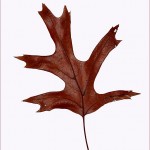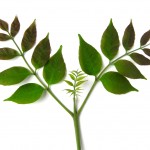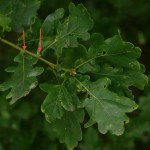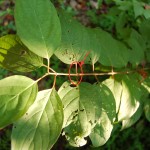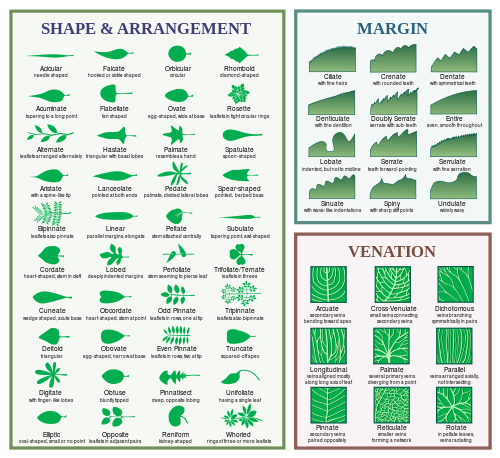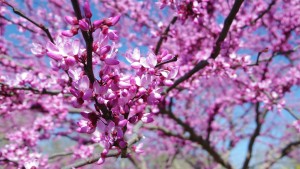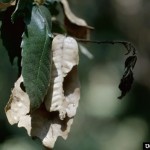St. Louis is home to a wide variety of trees, from the stately oak to the delicate dogwood. If...
Tree ID 101: Leaves
Leaves are just starting to appear on many trees in our area, can YOU name them?
There are lots of reasons people want to know the names of trees. These long-lived woody perennials are everywhere, and we depend on them for so much.
If you follow us on Instagram (stl.tree.pros), you have probably noticed our #treeIDtuesday where we discuss a few characteristics of a given tree in a general way. Those of you that are new to tree identification might not be sure what we mean when we describe a tree’s leaves as opposite or alternate. Today we are breaking down some definitions to help everyone with their tree ID skills (not just trees really, ALL plants).
1. Simple or Compound
Leaves that are known as simple contain just one undivided leaf. While a compound leaf will have multiple leaflets.
Simple: Oaks, Sycamore, Elms, Dogwood, Redbud
Compound: Hickory, Ash, Locust
2. Opposite or Alternate
These descriptors refer to the way the leaves are arranged on a twig. Opposite will have two leaves departing from the twig at the same level. Alternate will have one leaf at different levels. While whorled will have 3 or more leaves at the same level.
Opposite: Ash, Buckeye, Dogwood, Maple
Alternate: Oaks, Sycamore, and Elms
3. Shape, Margin, and Venation
Each leaf can also be described with it’s shape, margin, and venation.
The margin of the leaf refers to the outside edge. Some are serrate with points, or others entire, meaning that they are smooth. Venation of the leaf describes what the veins look like. Do they spiral out, or are they parallel? Its these differences that can be used to distinguish two similar species.
That chart has a lot of information in it. These are the terms you will see in guide books to describe leaves that you find.
Know that some people may refer to trees with a generic name like Maple or Oak. But there are specific types; Post Oak, Black Oak, Silver Maple, Red Maple, etc. The list goes on and on.
Keep this in mind when identifying trees:
- look at a few different leaves, some may vary slightly, but keep in mind the overall appearance
- leaves are just one aspect of your ID equation. While identifying a tree solely based on the leaves can be done in some cases, there are some species that may trick you! Its important to consider multiple factors when viewing trees (trunk appearance,flowers, buds, form, location, etc). Identifying plants can be a lot like solving a crime.
Helpful Books and Resources:
https://www.arborday.org/trees/whattree/index.cfm : Arbor Day Tree Index
Trees of Missouri Field Guide by Don Kurz
For your budding naturalist:
I Can Name 50 Trees Today!: All About Trees (Cat in the Hat’s Learning Library)

